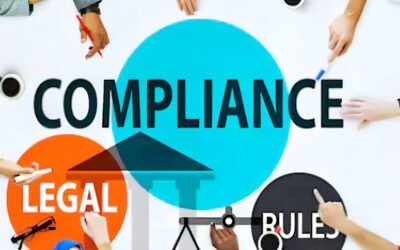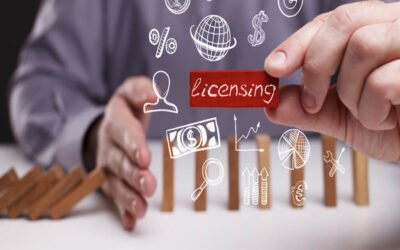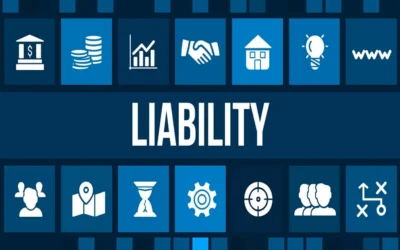Introduction A sole proprietorship is the most straightforward and commonly adopted business structure, especially for individual entrepreneurs, freelancers, and small business owners. While it is easy to form and operate, a sole proprietorship is not entirely free...
Sole Proprietorship Articles
Briefly explain the licensing needed for sole ownership
Introduction A sole proprietorship is a popular and accessible form of business ownership that allows an individual to operate and manage a business independently. While it is the simplest structure with minimal legal requirements for formation, operating legally...
Define the legal structure of a sole proprietorship
Introduction A sole proprietorship is one of the most commonly used forms of business ownership, especially among small business owners, freelancers, and individual entrepreneurs. Its legal structure is straightforward and uncomplicated, making it attractive to those...
Establish the financial benefits of sole proprietorship
Introduction A sole proprietorship is the most basic and widely used form of business ownership across the world. It is especially popular among small business owners, self-employed professionals, and individuals starting a business on a limited budget. One of the key...
Describe the handling of liabilities in sole ownership
Introduction In the business world, liabilities refer to financial obligations or debts that a business must pay to others. These may include loans, unpaid bills, supplier dues, taxes, or any other commitments that require payment. In a sole proprietorship, also known...
Explain financial risk in owning a sole business
Introduction Every business, regardless of its size or structure, carries a certain level of financial risk. However, in a sole proprietorship—a business owned and operated by a single individual—this risk is more personal and direct. A sole proprietor assumes full...
Introduction to accounting for sole proprietors
Introduction Accounting is the process of recording, organizing, and summarizing financial transactions to understand and manage the financial health of a business. In the case of a sole proprietorship, which is a business owned and operated by a single individual,...
Define capital investment under sole proprietorship
Introduction In a sole proprietorship, the business is owned, operated, and managed by a single individual. Since there is no legal distinction between the owner and the business, all financial responsibilities—including funding—rest solely on the proprietor. One of...
Describe how sole proprietorship profits are handled
Introduction In a sole proprietorship, profits are handled in a direct and straightforward manner because the business and the owner are legally considered the same entity. Unlike in corporations or partnerships where profits are shared among shareholders or partners,...
Explain taxation in sole proprietorship
Introduction Taxation is an essential aspect of running any business, and in a sole proprietorship, it plays a unique and direct role. Unlike corporations or limited liability entities that are taxed separately from their owners, a sole proprietorship has no separate...










